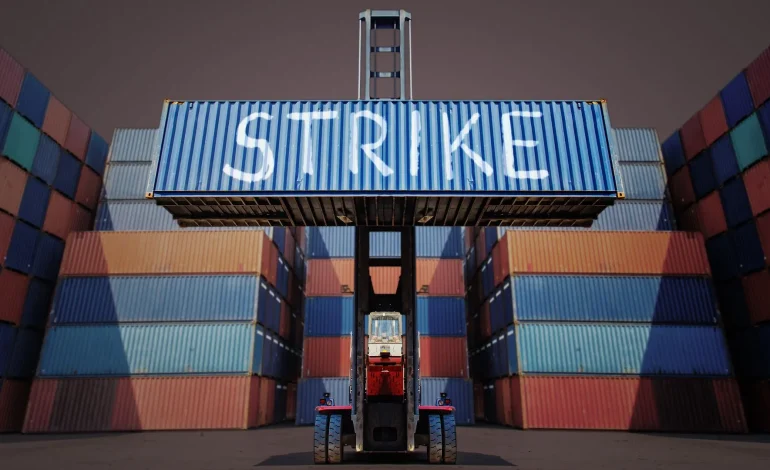Approximately 45,000 dockworkers at major East and Gulf Coast ports are preparing to strike early next week, marking the first such stoppage since 1977.
The potential strike could disrupt trade gateways that handle about half of the US’s containerized goods, threatening significant economic fallout.
Negotiations between the International Longshoremen’s Association (ILA) and the United States Maritime Alliance (USMX) have been stalled for months, with both sides issuing conflicting statements about their willingness to negotiate. Key issues include wage increases and the automation of port operations, with the ILA demanding higher wages and a ban on automation to protect jobs. Dockworkers on the East Coast currently earn significantly less than their West Coast counterparts, intensifying the standoff.
If a strike occurs, it could severely disrupt the flow of goods, impact industries such as automotive and pharmaceuticals, and lead to higher shipping costs that may be passed on to consumers. The US economy could lose up to $5 billion per day, according to some estimates. Although companies have taken steps to mitigate the potential impact, a prolonged strike could still cause shortages and price increases.
While the White House is monitoring the situation, President Joe Biden has yet to signal any plans to intervene, despite the potential economic and political ramifications. Under the Taft-Hartley Act, the President has the authority to halt a strike if it threatens national safety, though such action could strain relations with unions.









